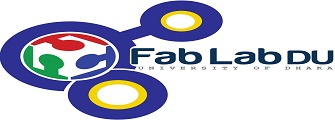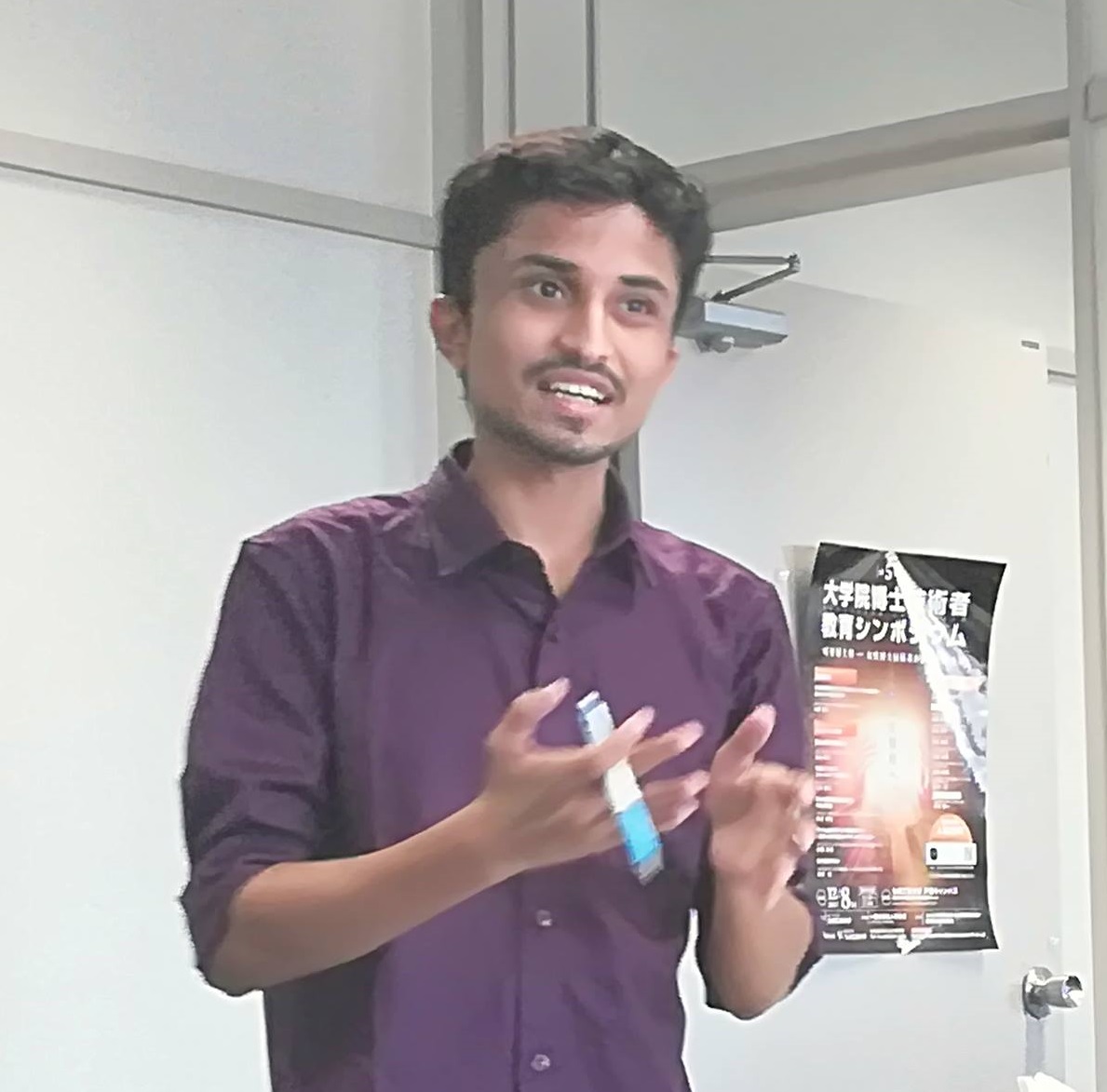Masud Ahmed
Graduate Research Assistant
Univesity of Maryland, Baltimore County
Welcome to my personal webpage! I am an enthusiastic Ph.D. candidate at the University of Maryland, Baltimore County, specializing in Artificial Intelligence and Machine Learning. Under the guidance of Dr. Nirmalya Roy in the Department of Information Systems, I am honing my skills in the cutting-edge fields of generative modeling, domain adaptation, and various forms of learning, including continual, self-supervised, and active learning. As a member of the Mobile, Pervasive and Sensor Computing (MPSC) Lab, I thrive in collaborative settings and am passionate about exploring theoretical and application-driven research.
To download my CV click hereEducation
-
Ph.D. in Information Systems (January 2020 - Present)
University of Maryland, Baltimore County
Supervisior: Dr. Nirmalya Roy, Professor
CGPA: 3.90/4.00 -
B.Sc. in Electrical and Electronic Engineering (January 2014 - April 2018)
University of Dhaka
Supervisor: Dr. Md Atiqur Rahman Ahad, Professor
CGPA: 3.18/4.00
To download my transcript click following (authorization required):
B.Sc. transcipt
Ph.D. transript (unofficial)
Reserach Areas
Application
Programming Languages
Dataset
Projects
Publications
Book
Journal Paper
Conference Paper
arXiv Preprint Paper
Work & Research Experiences

Center for Real-time Distributed Sensing and Autonomy, University of Maryland Baltimore County
[July 2021 - Present]Working as a graduate research assistant. In this research center I am working with robotics. My project is to virtual reality multi robot collboration network.

MPSC Lab, Department of Information Systems, University of Maryland Baltimore County
[January 2020 - Present]Working as a graduate research assistant. My research topic in this lab is related to computer vision and machine learning. I am working with RGB and Lidar data.

Yagi Laboratory, Department of Intelligent Media, ISIR, Osaka University
[October 2018 - November 2018 & February 2019 - October 2019]Worked as an assistant researcher. I was involved in three projects, RGB-D camera-based human activity recognition, autonomous health monitoring system design for elderly home, and camera-based artificial running monitoring system.

Joykoly Publication Ltd.
[February 2018 - July 2018]Worked as a content writer and website developer. This company publishes supplementary books for several public exams in Bangladesh.

Fab Lab, University of Dhaka
[August 2018 - September 2018]Worked as a supervisor for two projects in this lab. It was a voluntary job.

Sakura Science Program, Osaka Prefecture University
[December 2018]Was invited to this program, so that I could do a collaborative project with researchers from two other countries.
Additional Information
Global Competition Awards
5 April 2022
UMBC, Maryland, USA
12 October 2018
ACM UbiComp’18, Singapore
23 March 2017- 26 March 2017
IIT Kanpur, India
2 May 2017 - 3 March 2017
IUB, Bangladesh
Community Involvement
Skills
Contact
- mahmed10@umbc.edu
- 1000 Hilltop Circle, ITE 457, Baltimore, 21250, USA
- Click here to send message via google form
